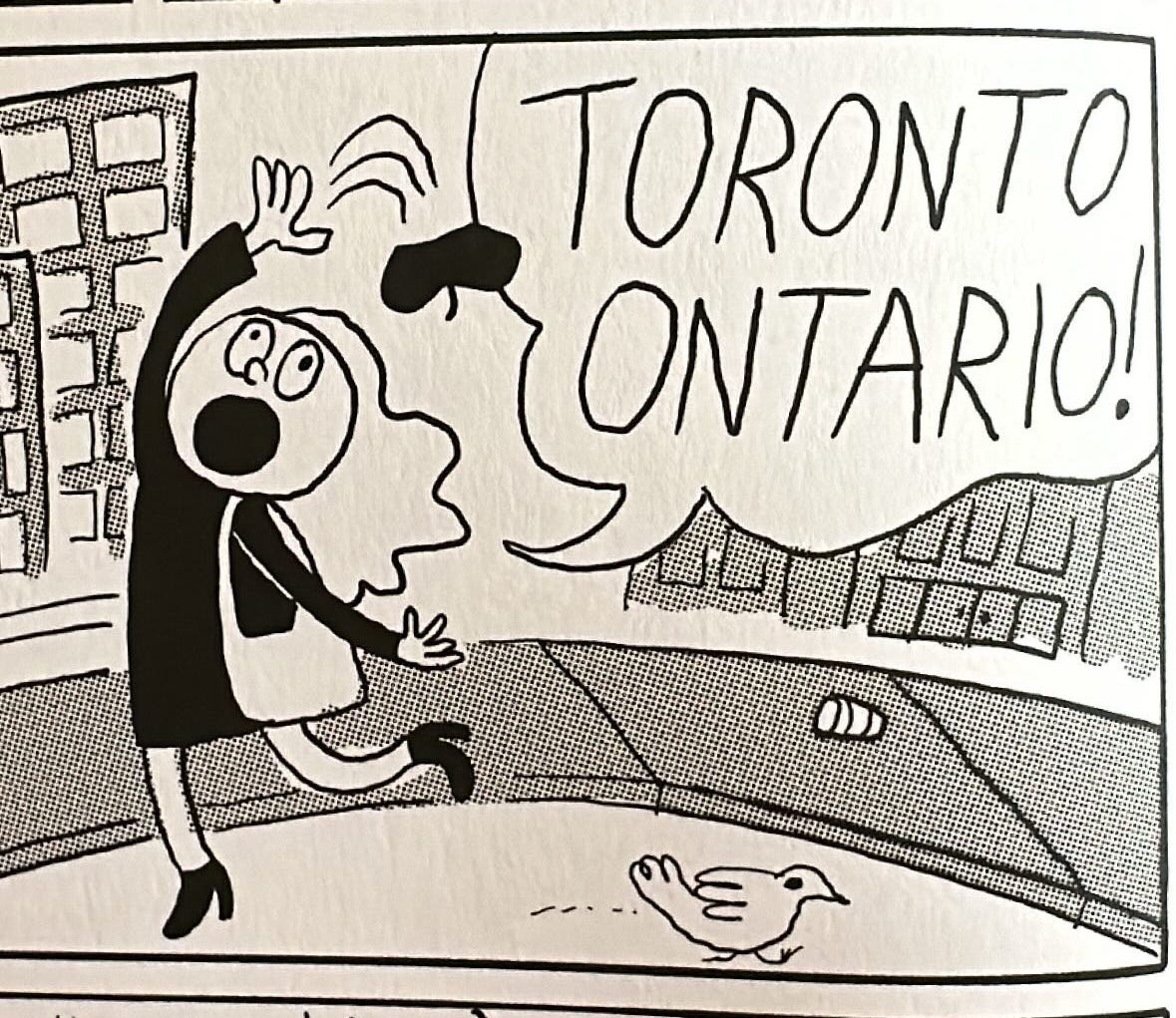I’ve always used landmarks to navigate but stopped when they started disappearing. Anything recognizable, anything with character, is torn down and replaced by a skyscraping eyesore. 40-storey piles of bricks now outnumber Canadian cultural institutions.1
While reporting on this, someone mentioned that the heritage site that housed a national music channel would be redeveloped into condos. This was the same building where Destiny’s Child, Janet Jackson and Prince performed.
Funnily enough, Toronto serves as a backdrop for many productions. The Virgin Suicides, Moonstruck and Mean Girls were all filmed here. And yet it’s next to impo$$ible for local filmmakers to produce an indie.
Setting is an integral part of filmmaking and storytelling: it can free a character just as much as it can confine them. But what will happen when every filming location is overrun by all these cookie-cutter buildings? What, then, will convey “Europe,” “Chicago,” or even “LA” onscreen?
For the next month, I’m going to explore locations and settings in film and outside of it. How do directors see a location and fit it into their world? What’s it like when your city is a popular filming location? For August, it’s all about location, location, location. Expect to read about LA landmarks, old haunts and Doug Liman’s Go (1999).
See you next week! Until then, you can revisit the archives, like my interview with Danita Steinberg, aka @womenlivingalone:
I wanted to ask about the details that make a house a home in a film — those authentic giveaways. For instance, a lot of rom-coms focus on the single woman’s closet. What do those details signal to you?
It is a very rom-com thing to have them going through the closet and throwing clothes around! If it’s a woman who’s been put out to pasture or is the town freak: Usually, her space is very eclectic, and in these films, and tv shows, I think these spaces match the tone of the movie and they also match the character.
Or browse some film-related vintage hats here.






